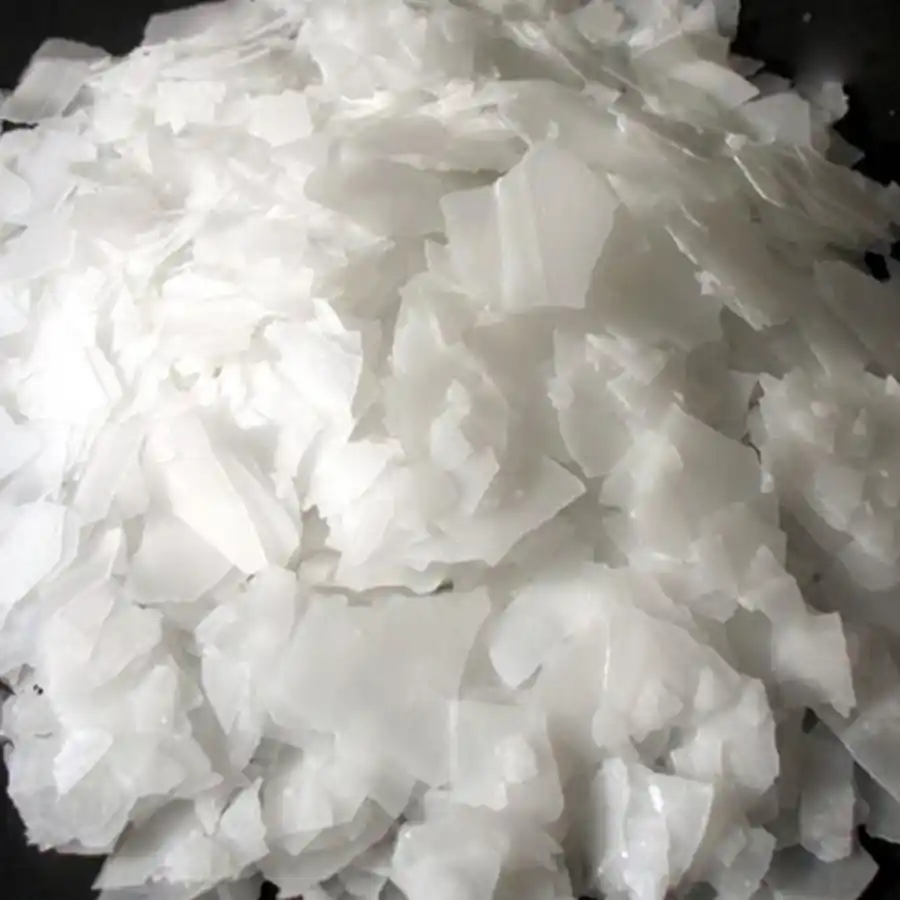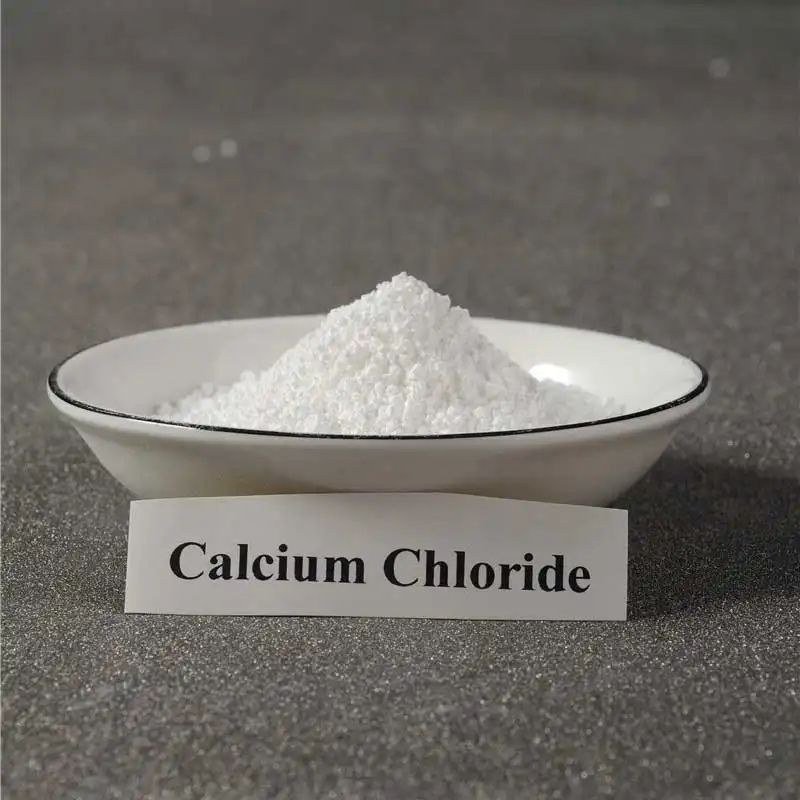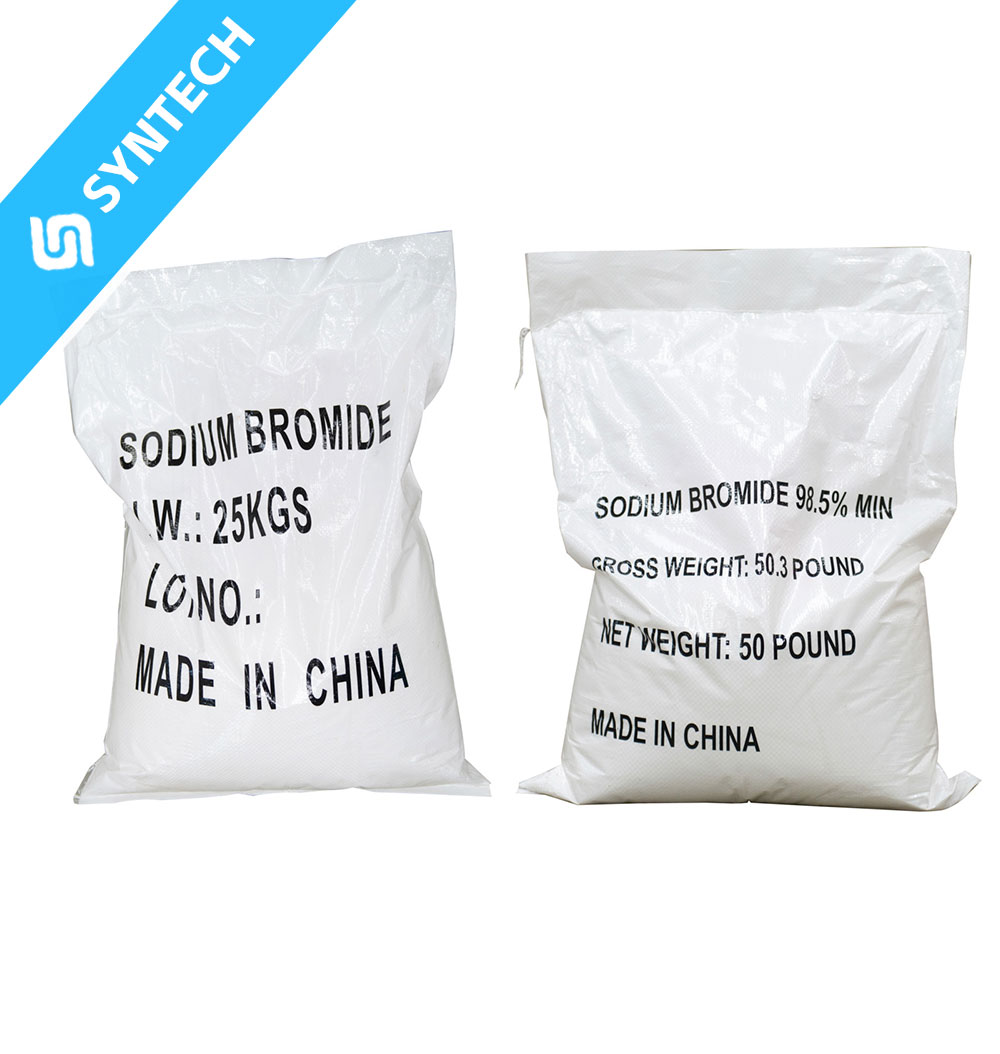Potassium Hydroxide Solid 90%
TECHNICAL DATA SHEET
Potassium Hydroxide Solid
PRODUCT IDENTIFICATION:
CAS NO.: 1310-58-3 UN NO.: 1813
FORMULA: KOH MOL. WT.: 56.11
DG CLASS: 8 PACKAGING GROUP: II
SPECIFICATION: Industrial Grade
HG/T 3688-2010
| Purity (KOH) | 90 | % | Min |
| K2CO3 | 0.5 | % | Max |
| Chloride (Cl) | 0.01 | % | Max |
| SO4 | 0.005 | % | Max |
| Nitrate & Nitrite(N) | 0.0005 | % | Max |
| Fe | 0.0005 | % | Max |
| Na | 1.0 | % | Max |
| PO4 | 0.005 | % | Max |
| SIO3 | 0.01 | % | Max |
| Ca | 0.005 | % | Max |
| Al | 0.002 | % | Max |
| Ni | 0.001 | % | Max |
| Heavy Metal(Pb) | 0.002 | % | Max |
| STANDARD : HG/T3688-2010 | |||
APPEARANCE:
White Flakes
AVAILABLE PACKAGING:
PPBAG: 25KG/BAG
MAXIMUM LOADAGE:
PPBAG: 22MT WITH PALLET In a 20’ container.
25MT WITHOUT PALLET In a 20’ container.
APPLICATION:
Used in alkaline batteries industry, soaps, high-class detergents and cosmetics industrial,medicine intermediate, potassium chemicals, synthetic rubber, ABS resin, food additive dyestuffs and so on
Technical Data Sheet
PRODUCT IDENTIFICATION:
CAS NO.: 1310-58-3 UN NO.: 1813
FORMULA: KOH MOL. WT.: 56.11
DG CLASS: 8 PACKAGING GROUP: II
| Purity (KOH) | 90 | % | Min |
| K2CO3 | 0.5 | % | Max |
| Chloride (Cl) | 0.01 | % | Max |
| SO4 | 0.005 | % | Max |
| Nitrate & Nitrite(N) | 0.0005 | % | Max |
| Fe | 0.0005 | % | Max |
| Na | 1.0 | % | Max |
| PO4 | 0.005 | % | Max |
| SIO3 | 0.01 | % | Max |
| Ca | 0.005 | % | Max |
| Al | 0.002 | % | Max |
| Ni | 0.001 | % | Max |
| Heavy Metal(Pb) | 0.002 | % | Max |
| STANDARD : HG/T3688-2010 | |||
Recommended Handling
All personnel handling this material must handle it as an industrial chemical, wearing protective
equipment and observing the precautions as described in the Material Safety Data Sheet (MSDS).
Packaging and Storage
Packed in 25 kgs bags.
Store in dry, well-ventilated area. Keep container closed. Keep away from heat, sparks and flames.
Store away from incompatibles. Follow safe warehousing practices regarding palletizing, banding,
shrink-wrapping and /or stacking
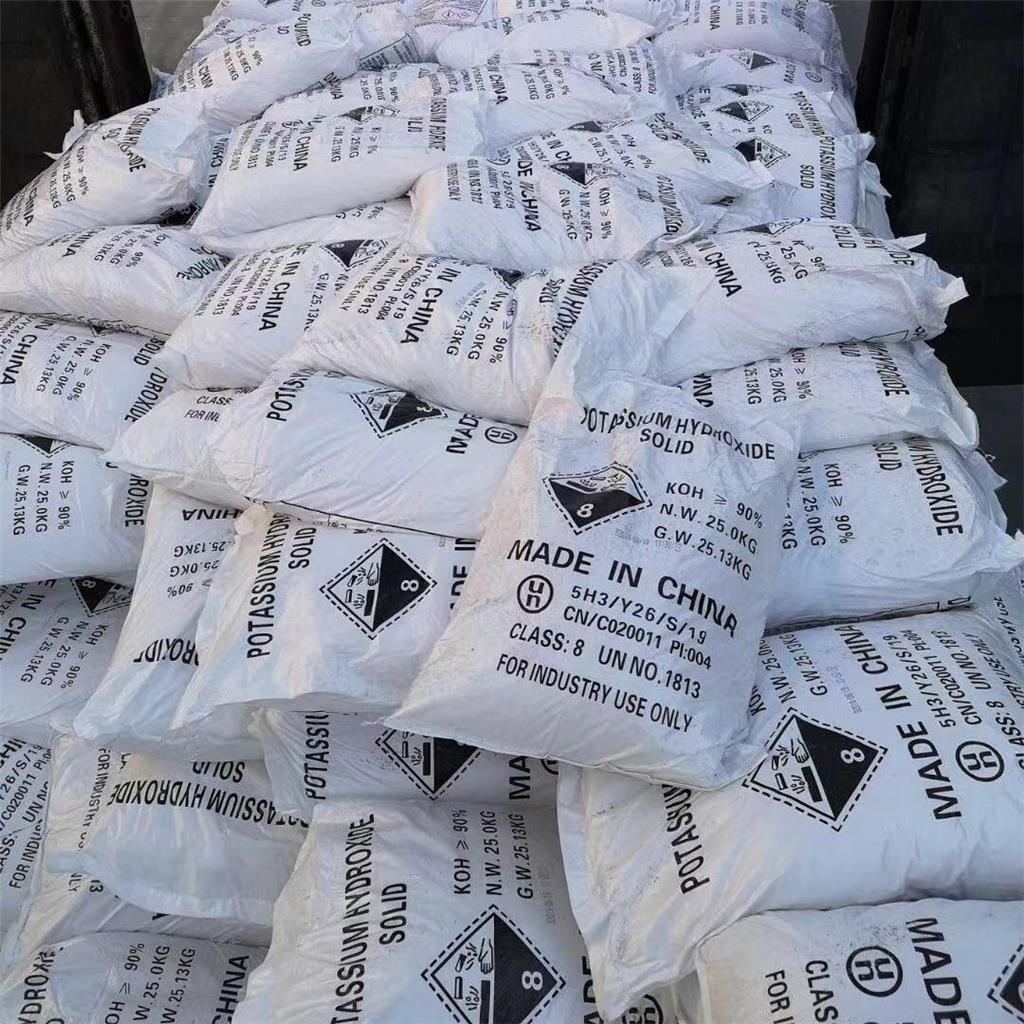
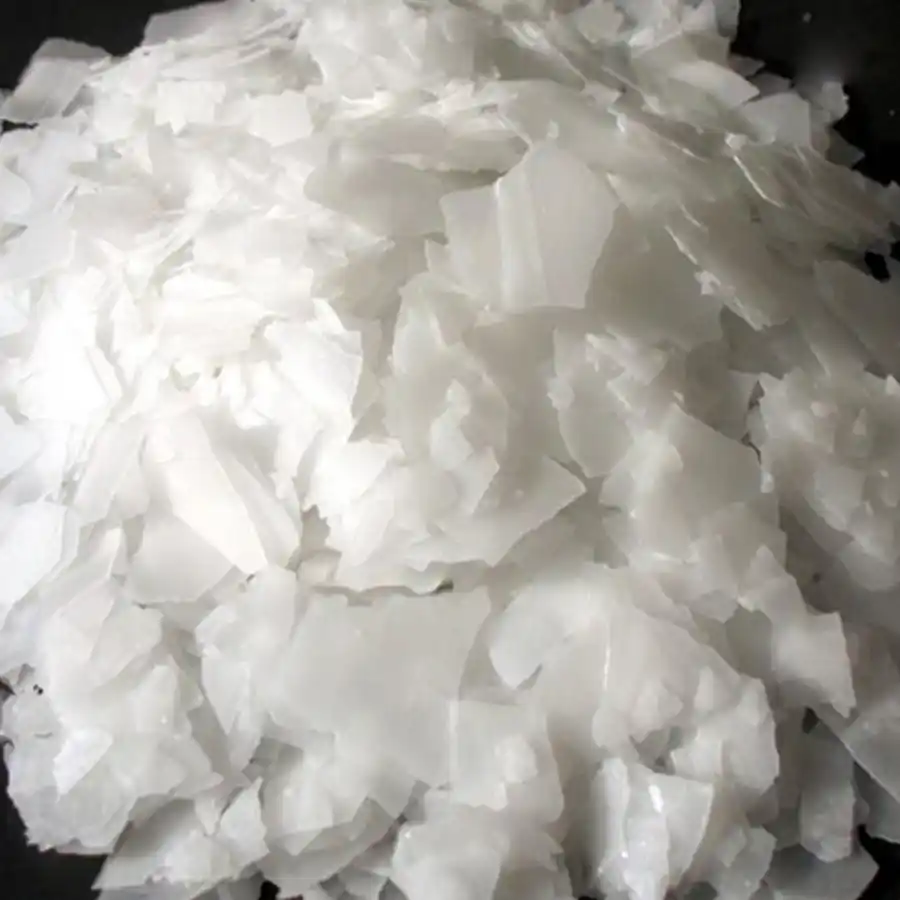
Potassium Hydroxide (KOH)
Chemical Formula: KOH
Molar Mass: 56.11 g/mol
Common Names: Caustic potash, lye (potassium version)
Appearance: White pellets, flakes, or powder
Odor: Odorless
Key Properties
- Strong Base: Completely dissociates in water:KOH→K++OH−KOH→K++OH−
- Alkali: pH ~13–14 in solution (1 M).
- Hygroscopic: Absorbs moisture and CO₂ from air, forming potassium carbonate (K₂CO₃).
- Solubility:
- Highly soluble in water (121 g/100 mL at 25°C).
- Soluble in ethanol, glycerol; insoluble in ether.
- Exothermic Dissolution: Releases heat when dissolved in water.
Uses of Potassium Hydroxide
1. Chemical Industry
- Soap & Detergent Production:
- Saponification of fats/oils (makes potassium soaps, which are softer than sodium soaps).
- Precursor to Potassium Salts:
- K₂CO₃ (potash), KMnO₄ (permanganate), etc.
2. Agriculture & pH Control
- Fertilizer Production (e.g., potassium phosphates).
- pH Adjuster in water treatment and soil conditioning.
3. Batteries & Electrolytes
- Alkaline battery electrolyte (with NaOH).
- Used in fuel cells and supercapacitors.
4. Food Industry (E525)
- Food Additive: pH regulator (e.g., in cocoa processing, soft drinks).
- Peeling Agent: For fruits/vegetables.
5. Laboratory & Organic Chemistry
- Base Catalyst: In biodiesel production (transesterification).
- Drying Agent: For gases and solvents.
- Cleaning Agent: Removes organic residues from glassware.
Safety & Handling
- Corrosive: Causes severe burns (skin, eyes, respiratory tract).
- Toxicity: Harmful if ingested/inhaled.
- Storage:
- Airtight containers (plastic or glass) to prevent moisture absorption.
- Keep away from acids, metals (e.g., aluminum), and organic compounds.
- PPE Required:
- Chemical-resistant gloves (nitrile/neoprene), goggles, lab coat.
- Use in a fume hood if handling powder or concentrated solutions.
Comparison with Sodium Hydroxide (NaOH)
| Property | KOH | NaOH |
|---|---|---|
| Molar Mass | 56.11 g/mol | 40.00 g/mol |
| Solubility | Higher in alcohol | Lower in alcohol |
| Soap Quality | Softer, more soluble | Harder soap |
| Cost | More expensive | Cheaper |
Neutralization & Disposal
- Neutralize with Acid: Dilute HCl or citric acid (slowly, with cooling).
- Disposal: Follow local regulations for corrosive waste.




